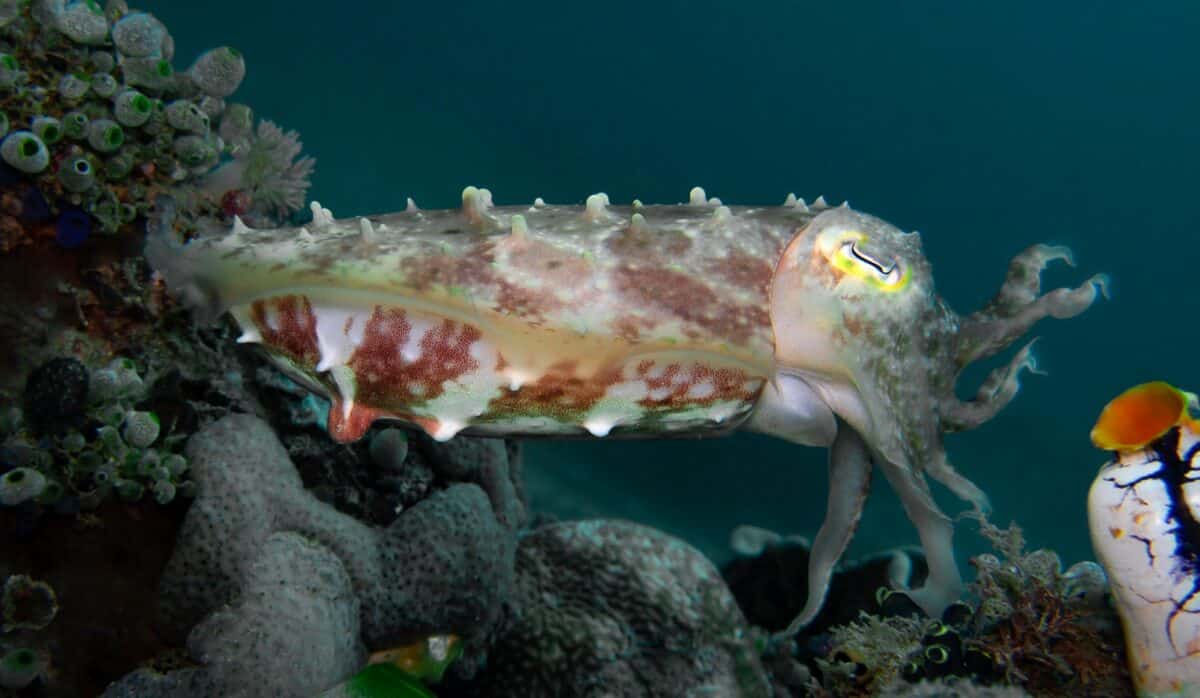Animals are often underestimated when it comes to their intelligence. Yet, time and time again, they demonstrate an incredible capacity to solve problems, make decisions, and even show empathy. This article delves into twenty fascinating instances where animals displayed intelligence that rivals, or perhaps surpasses, that of humans. These insights not only offer an opportunity to marvel at the wonders of the animal kingdom but also challenge us to reconsider our place within it.
20. Tool Use Among Primates
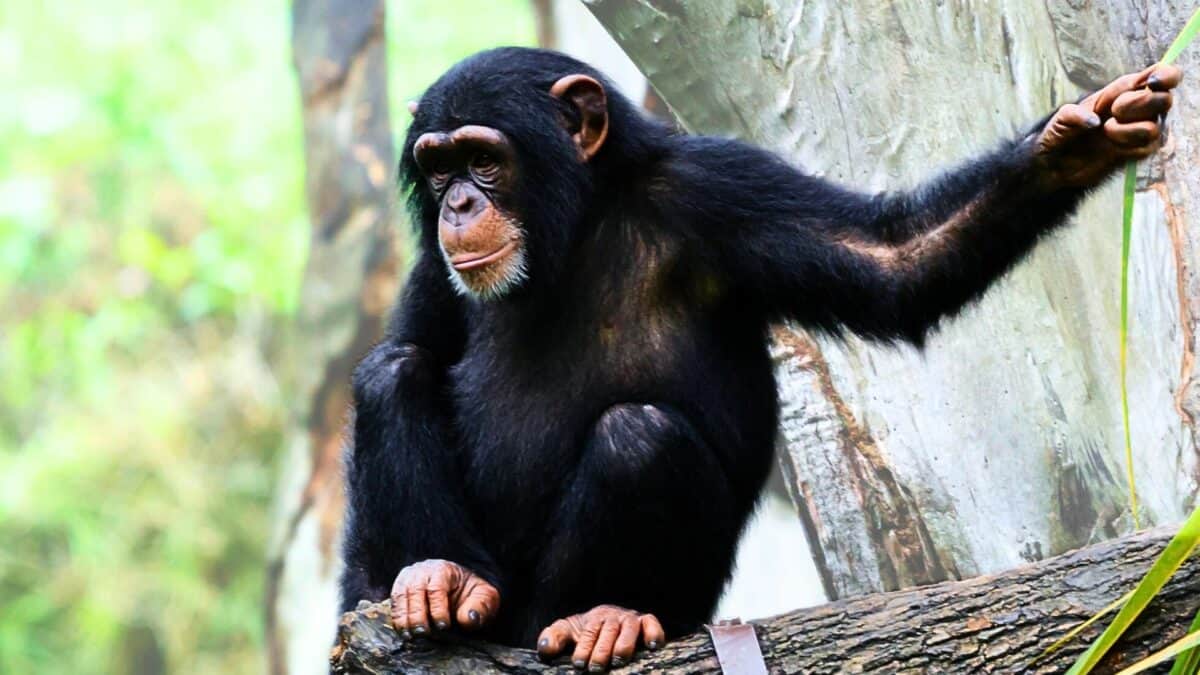
Primates like chimpanzees have been observed using tools to achieve various tasks. Researchers have documented how chimpanzees use sticks to fish for termites and stones to crack open nuts. These behaviors require foresight, understanding of materials, and precise motor skills, mirroring the fundamental aspects of human tool use.
19. Dolphins’ Complex Communication

Dolphins are renowned for their sophisticated communication skills. They utilize a combination of clicks, whistles, and body postures to convey messages to one another. Studies reveal that dolphins can even recognize themselves in mirrors, a trait previously thought to be exclusive to humans and a few other animals, indicating a high level of self-awareness.
18. Ravens’ Problem-Solving Skills
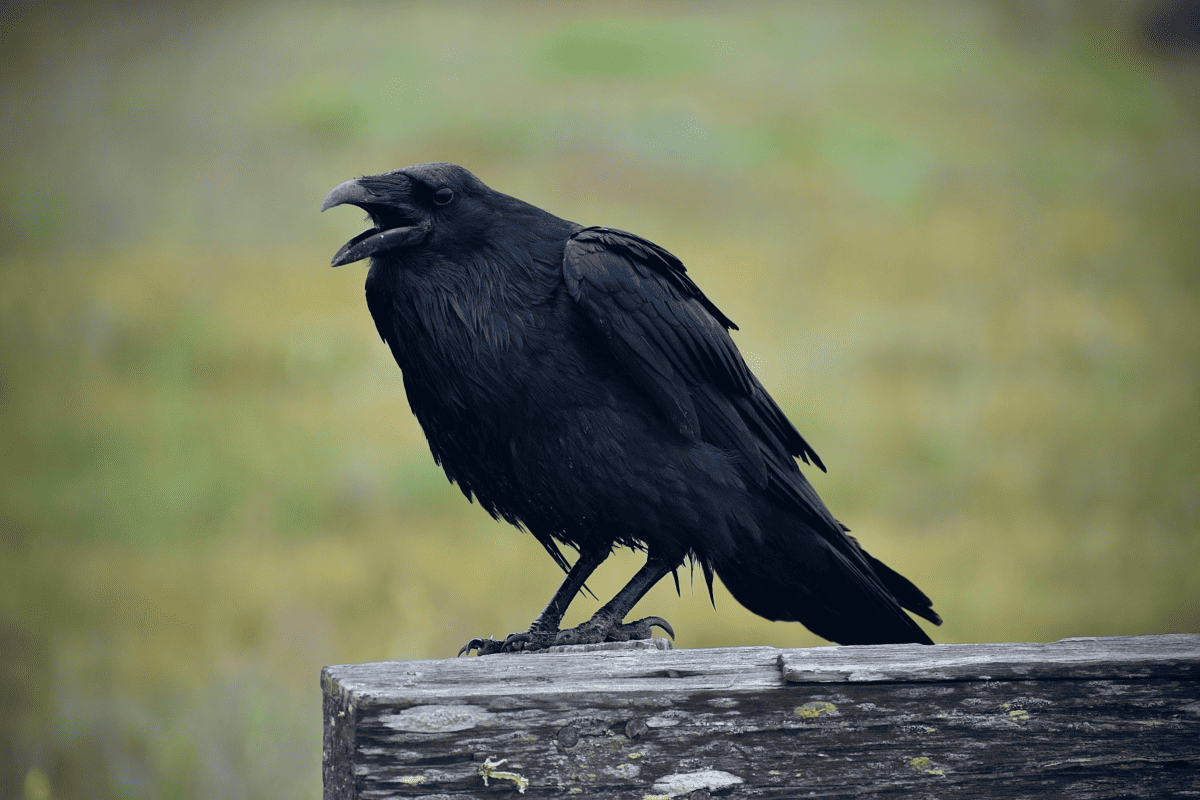
Ravens have often been hailed as the genius of the bird world. Their ability to solve complex problems and even plan for future events is extraordinary. Experiments have shown ravens using tools to retrieve items or dropping nuts onto roads for cars to crack open. Such innovative behaviors highlight their cognitive prowess.
17. Octopuses Opening Jars
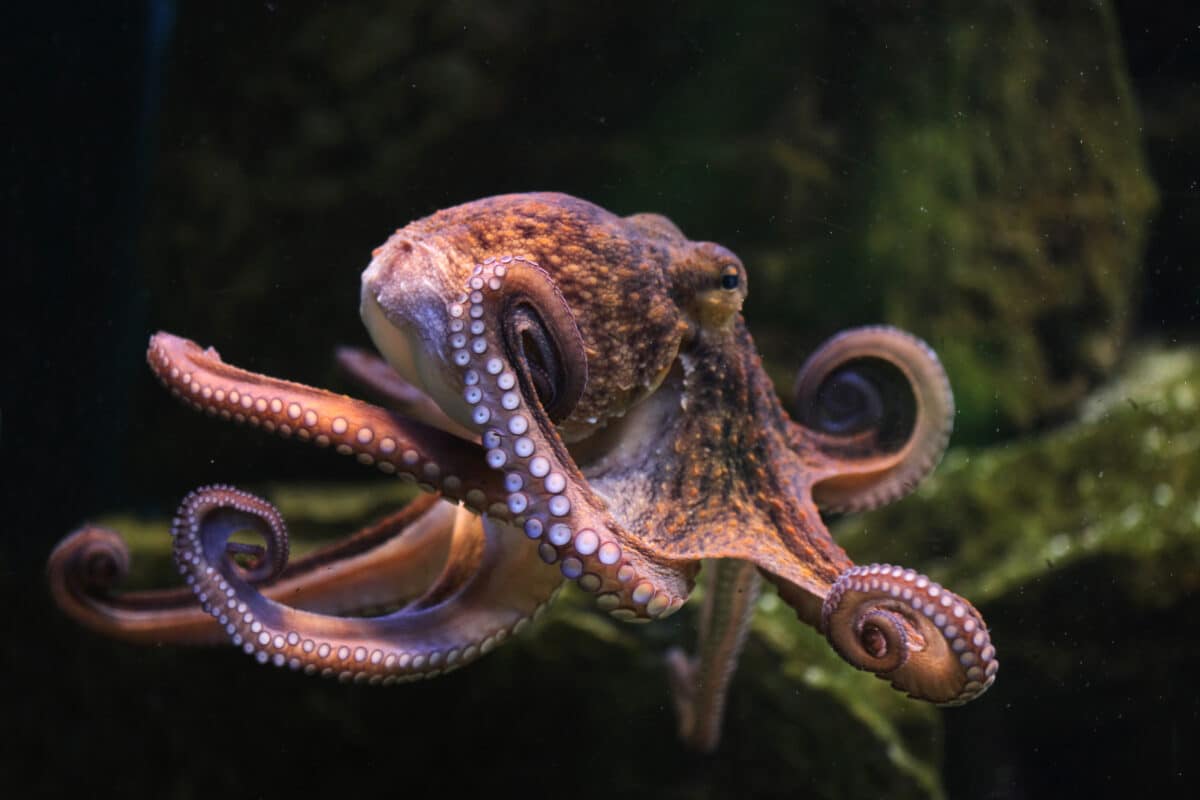
The octopus, a marine marvel, is famed for its intelligence, particularly when it comes to problem-solving. Aquarium life often sees these creatures unscrewing jar lids to reach food or escaping from enclosures. Their neurological capacities are remarkable given that their nervous system is vastly different from that of vertebrates.
16. Elephants Understanding Human Gestures

Elephants are acutely sensitive to human gestures. In studies, elephants have successfully interpreted pointing, a skill that even our closest relatives, chimpanzees, sometimes miss. This ability indicates a sophisticated level of empathy and understanding, vital for social interaction both within their own species and with humans.
15. Parrots and Their Vocal Mimicry

Parrots are not only gifted mimics but have demonstrated the capability for complex vocalization and comprehension. Some parrots, like the African Grey, can learn hundreds of words and use them contextually, showcasing cognitive abilities that many mammalian counterparts don’t possess.
14. Crows Making and Using Tools
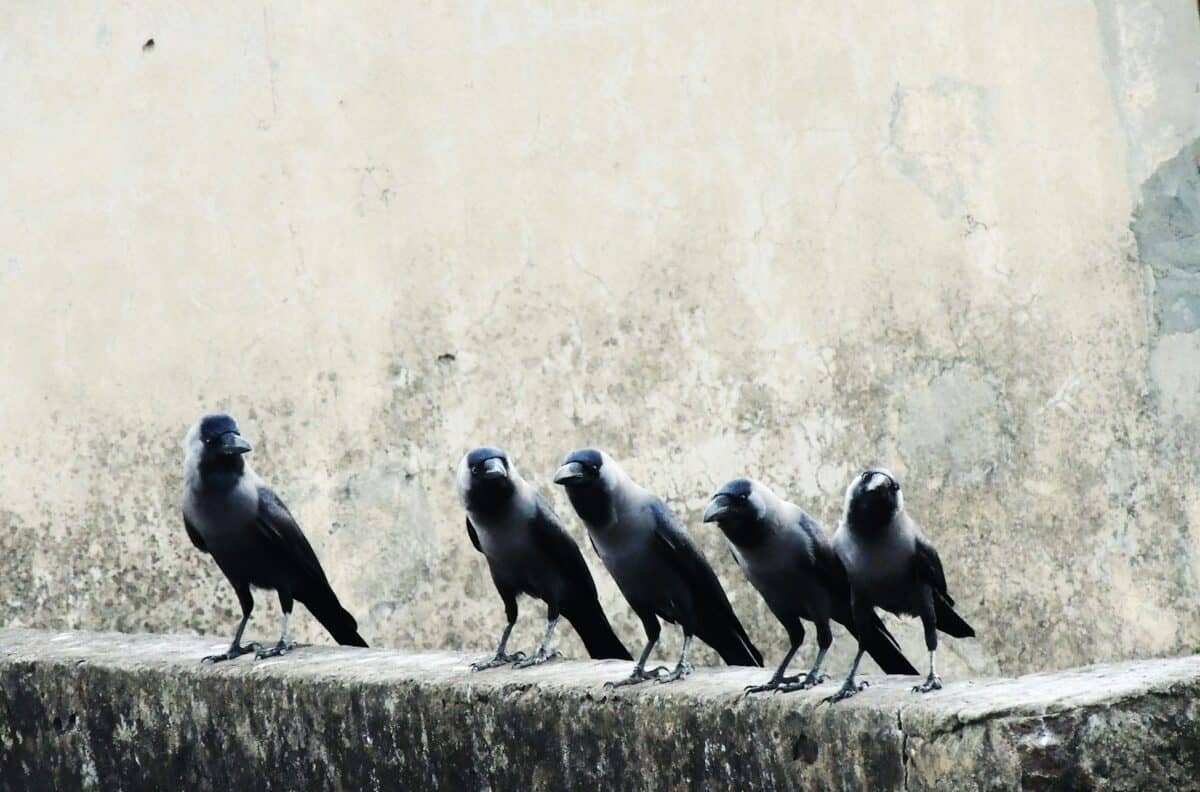
Crows, akin to ravens, exhibit impressive problem-solving skills and tool use. They have been observed bending wires to create hooks and solving multi-step puzzles to retrieve rewards. These behaviors indicate a highly developed cognitive map, allowing them to mentally navigate through challenges.
13. Pigeons’ Navigational Skills

Pigeons, often seen as mere city dwellers, possess incredible navigational abilities. They can return to their homes across hundreds of miles, relying on magnetic fields, the sun, and even infra-sound for guidance. This innate sense of direction is a testament to their advanced cognitive mapping skills.
12. Bonobos and Cooperative Behavior
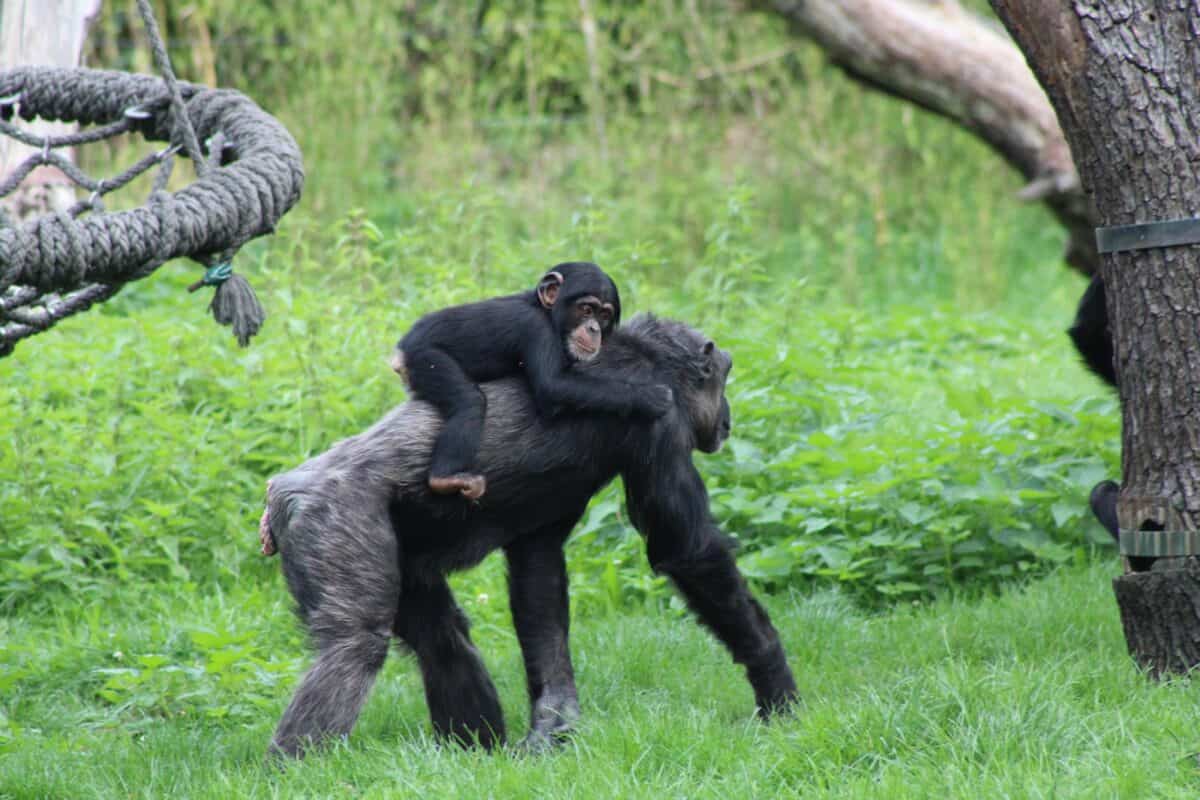
Bonobos, our close genetic relatives, have exhibited behavior that suggests a strong understanding of cooperation and social structure. In controlled studies, they have been seen sharing food spontaneously and working together to solve problems, reflecting a form of altruism that is a cornerstone of sophisticated intelligence.
11. Bees Communicating with Dance

Honeybees perform an intricate “waggle dance” to communicate the location of food sources to their hive mates. This behavior involves precise movements that convey direction and distance, showcasing an extraordinary form of collective intelligence and connectivity within insect societies.
10. Squirrels’ Memory Skills

Squirrels demonstrate impressive memory capabilities when they hide food for winter. Not only do they remember the locations of hundreds of caches, but they also employ deception to prevent theft. By pretending to bury nuts without actually doing so, they safeguard their resources from potential pilferers.
9. Dogs Sensing Human Emotions

Dogs are famously attuned to human emotions. They can detect changes in our body language, tone, and even scent, allowing them to provide comfort and companionship. This empathetic bonding is a form of intelligence that strengthens the human-animal connection significantly.
8. Ants Creating Supercolonies

Ants are master architects of the insect world, often organizing into supercolonies that span vast areas. Their ability to coordinate, share resources, and defend territory on such a large scale highlights a communal intelligence and complex social structure rarely seen outside human societies.
7. Pigs Solving Problems

Pigs are often underestimated but have demonstrated remarkable problem-solving skills. In studies where they were tasked with video game-like challenges, pigs manipulated joysticks to achieve goals, indicating not just intelligence but also a curious enthusiasm for experimentation.
6. Orangutans Observing and Learning

Orangutans have shown an ability to learn by observation, much like humans. In the wild, younger orangutans will watch their elders using leaves as umbrellas or tools and mimic these behaviors for their survival, reflecting cognitive abilities akin to cultural transmission.
5. Whales Showing Empathy
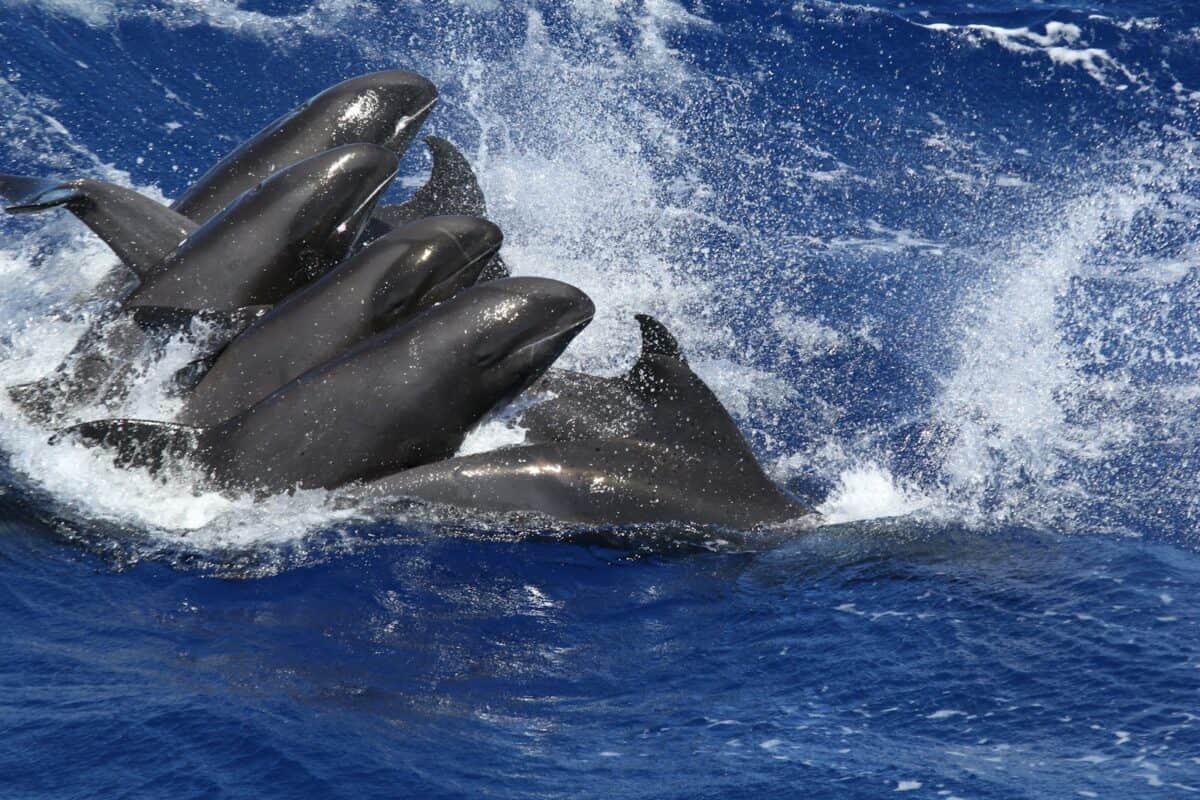
Whales demonstrate a profound sense of empathy rarely seen in the animal kingdom. Instances where adult whales protect other species from predators, such as sea lions, highlight a complex emotional depth and an understanding of altruistic behaviour beyond immediate social groups.
4. Baboons’ Social Intelligence
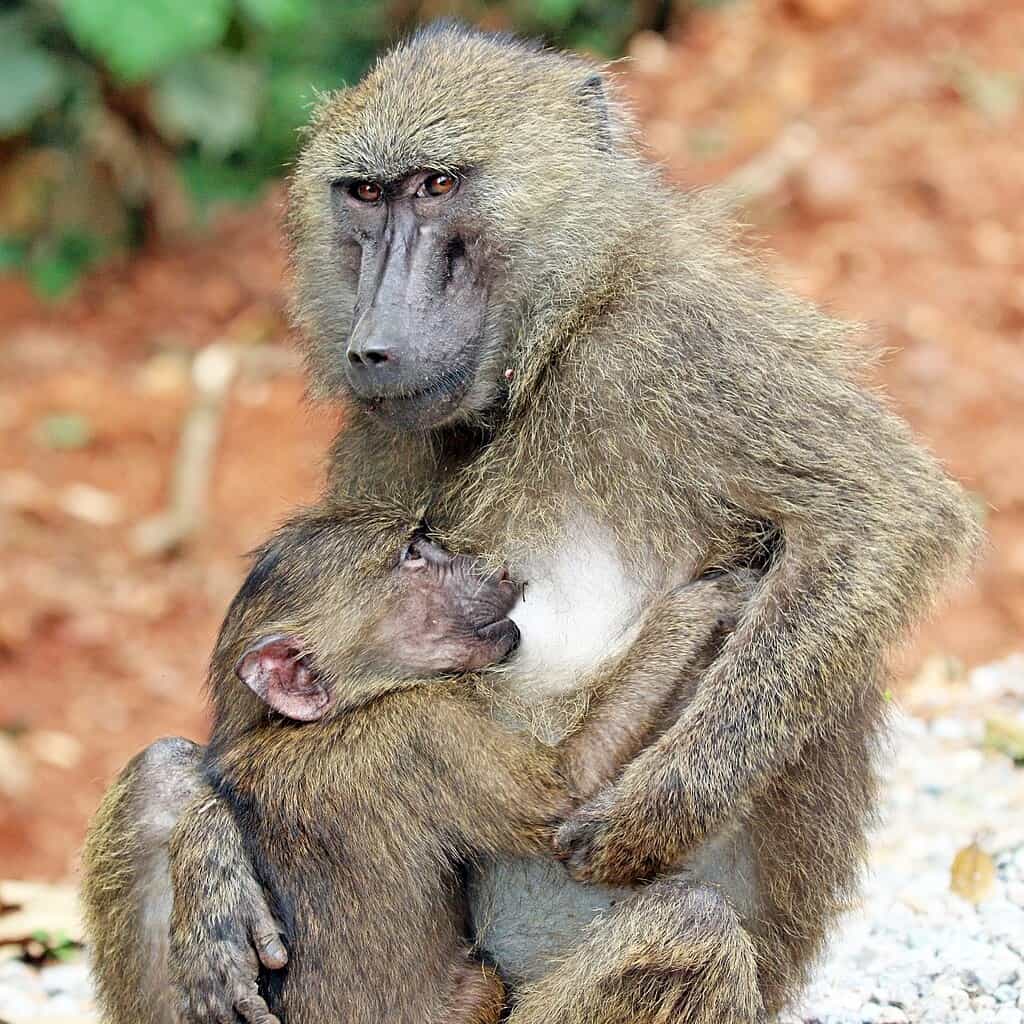
Baboons employ social intelligence to navigate complex group dynamics. They form alliances and negotiate power within troops, displaying a strategic understanding akin to human political manoeuvring. Such social insight helps them maintain stability and cohesion within their groups.
3. Rats’ Emotional Intelligence

Rats, often maligned, have shown a capacity for emotional intelligence and empathy. In laboratory settings, rats have worked to free restrained cage-mates, foregoing food rewards to do so. This altruistic behavior suggests a deeper level of social connection and understanding.
2. Chimpanzees Recognizing Themselves

Chimpanzees, like dolphins and elephants, can recognize themselves in mirrors, indicating self-awareness. This ability to comprehend the reflection as themselves, not another individual, highlights a cognitive benchmark that represents advanced thought processes.
1. Cuttlefish Adapting Quickly

Cuttlefish exhibit an extraordinary ability to adapt to their environment. They can rapidly change color and texture to blend in or communicate, using their skin as a dynamic canvas. This adeptness at camouflage and social interaction through visual cues points to a level of intelligence that’s both creative and strategic.
Encounters with intelligent animal behaviors remind us that intelligence takes many forms and is not solely a human trait. These examples of animal cognition challenge our traditional views and encourage us to acknowledge the complex, often elusive nature of intelligence throughout the animal kingdom. By appreciating these incredible capabilities, we gain a greater understanding of the animal world, fostering respect and a desire to protect these remarkable creatures.
- The Largest Hailstones Ever Recorded in the US—And Their Impact - August 17, 2025
- Koalas Sleep More Than Sloths - August 17, 2025
- How Wild Dolphins Use Medicinal Coral to Heal Wounds - August 17, 2025

